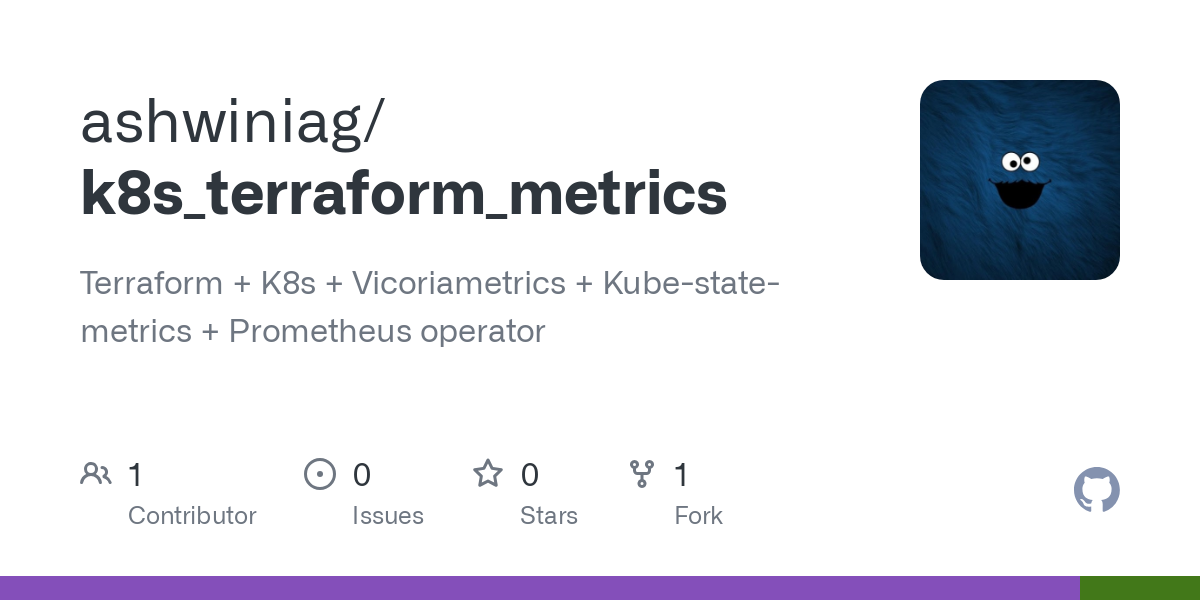How to configure k8s provider

 GitHubashwiniag
GitHubashwiniag
The 7 Layers of the OSI Model #LayerFunctionCommon Protocols / Tools7ApplicationWhere users and software interactHTTP, HTTPS, DNS, SSH, SMTP, FTP, SNMP, etc.6PresentationTranslates, encrypts, and formats dataSSL/TLS, MIME, JSON, ASCII, JPEG5SessionStarts, manages, and ends sessionsTCP session, NetBIOS, RPC4TransportEnsures data delivery (error checking, retransmission)TCP, UDP, SCTP3NetworkHandles routing and addressing between
Understanding Virtual 1D index → 2D coordinates: How does this formula work? row = index / n col = index % n Mapping 1D to 2D Imagine you have a bookshelf with 4 shelves (rows), and each shelf holds 3 books (columns). Shelf 0: [Book0] [Book1] [Book2] Shelf 1: [Book3] [Book4] [Book5] Shelf 2: [Book6]
I was solving the classic problem of calculating the widest binary tree level - essentially finding the maximum width of in the tree. I had doubts around how left and right indices of nodes is calulated because I thought we use the standard formulas for calculating indices: left := 2i + 1
Why nslookup works but ping says “Name or service not known”? Let’s get basic terminology straight up and it’s assumed you already understand how DNS resolution works. In my quest to understand how tools like nslookup and ping behave differently, I was honestly confused by the terms DNS